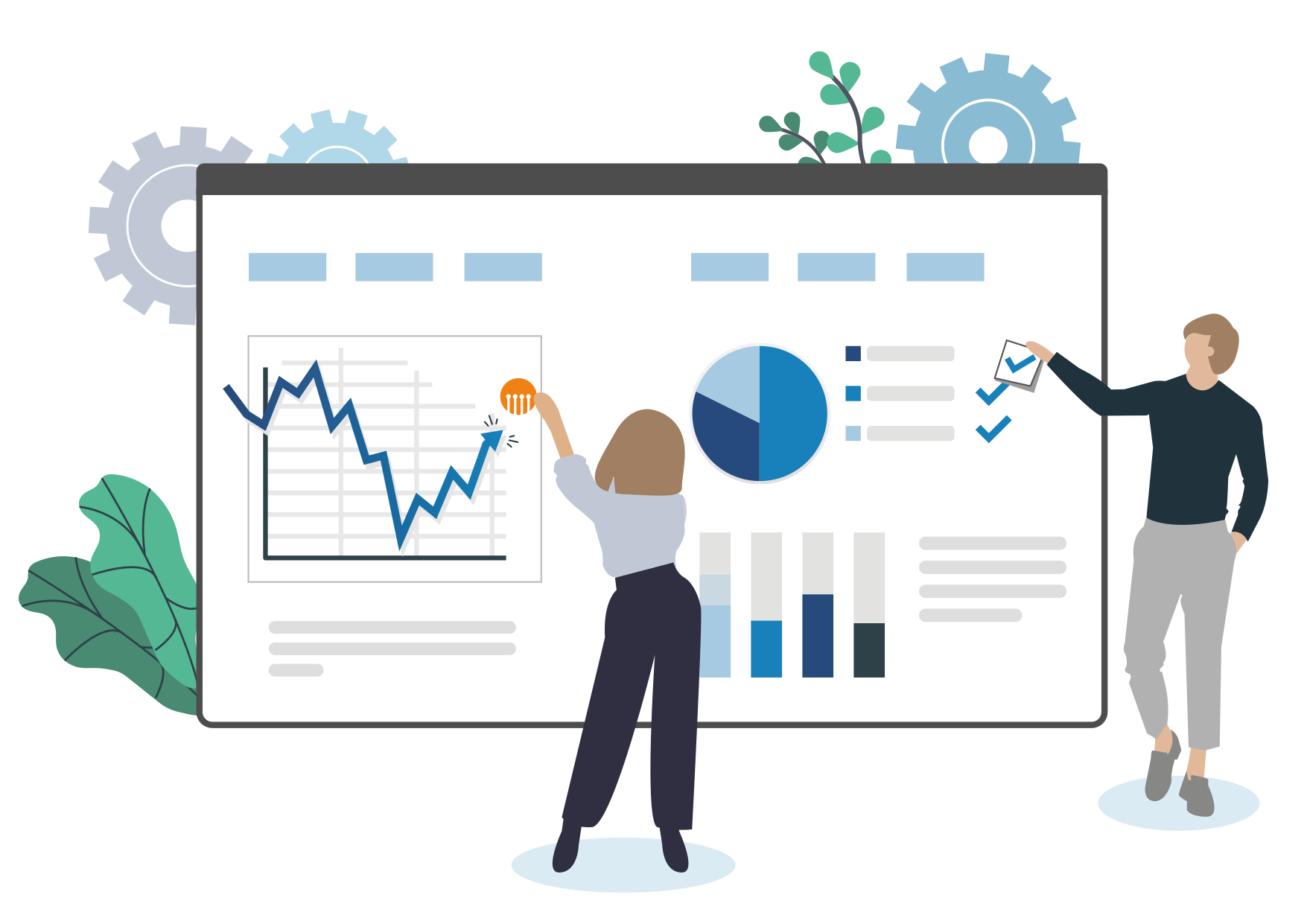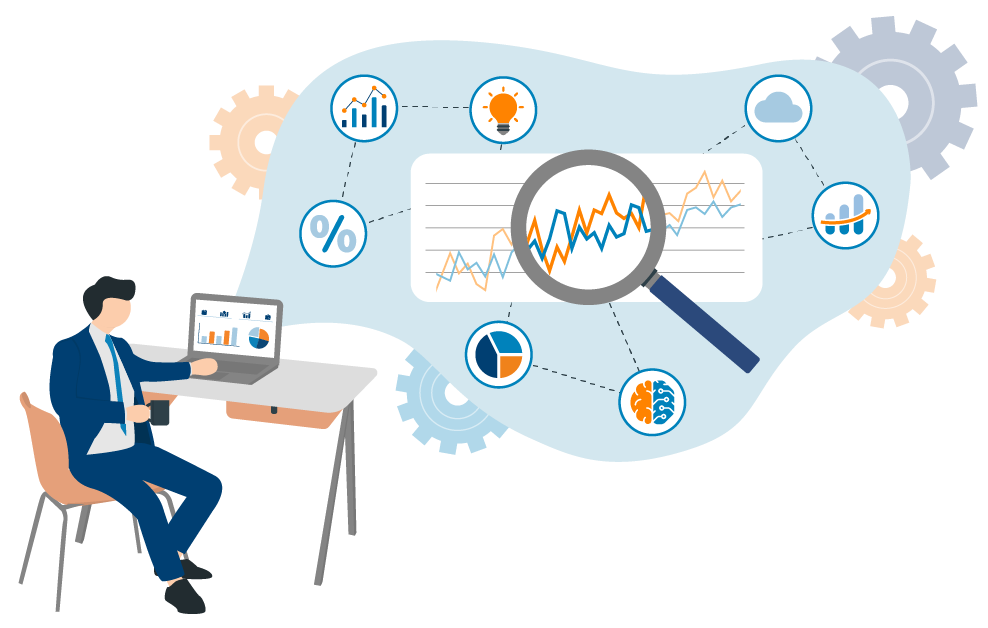Business intelligence & analytics
On this page you'll find:
↓ What is BI in the context of corporate performance management?
↓ BI software: Why does the actual state deviate from the plan?
↓ What is the difference between business intelligence and business analytics?
↓ Data in context – the right frame of reference
↓ Actionable reporting: every report must trigger an action
↓ Features: What does a good BI and analytics tool need to deliver?
↓ Data warehouse, data lake, data mart and databases
↓ Machine learning (ML) and artificial intelligence (AI) in business intelligence (BI)



